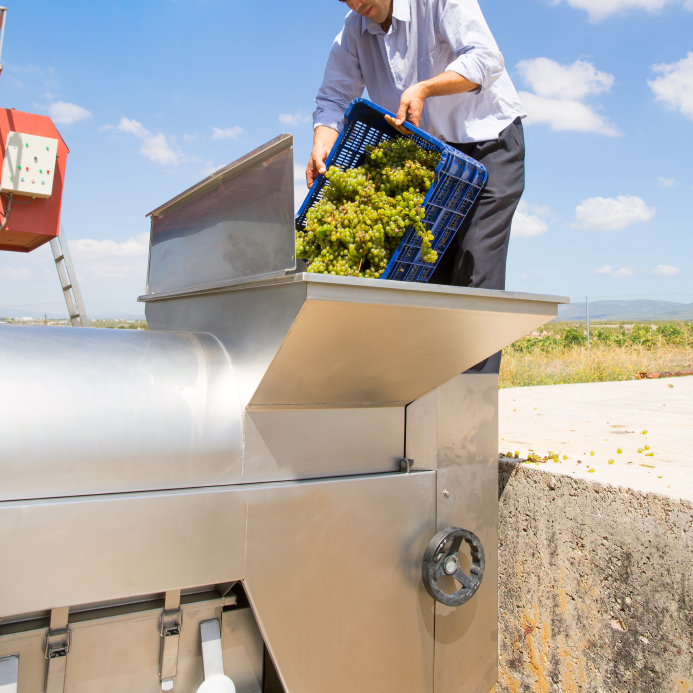
|
Caught-in/crushed-by injuries, including the type of crushing injury that killed Manuel Aquino, were the third-leading cause of workplace deaths in 2013. They occur in many different types of industries, including the type of small employer Aquino worked for.
When are workers at risk of these injuries, and what can employers do to prevent them?
Identify crushing hazards
Crushing hazards exist when workers may be caught in or between two hazards. If the impact alone could be deadly, the hazard is considered a “struck-by” hazard—the danger is that a worker will be struck by an object.
Your one-stop safety management resource, available 24/7. Go here to take a no-cost site tour or here to try it in your own office!
A crushing hazard, in contrast, is a “caught-in” hazard—the danger to the worker rests in being caught between two objects, one or both of which may be moving, and injured or killed either by physical crushing or suffocation that results from the compression of the rib cage.
You can identify potential crushing hazards by looking for:
- Machinery that has unguarded moving parts. This is a common cause not only of fatal crushing incidents but also of amputations. A hazard exists whenever workers can place any part of their body in the zone of danger, defined as where a machine’s moving parts are located.
- Materials that may shift or collapse and bury a worker. This can include substances like dirt or grain, or objects like a vehicle perched on a jack.
- Situations where workers may become pinned between a moving object and a stationary one or between two moving objects.
Controlling crushing hazards
Strategies for controlling crushing hazards include:
- Guarding. Ensuring that machinery is properly guarded will prevent many crushing injuries, deaths, and amputations.
- Prohibit workers from removing guards while machinery is in use.
- Make sure that guards don’t create an additional hazard. In some cases, workers have been injured when they became caught between the equipment and the guard.
Great news! BLR’s renowned Safety.BLR.com® website now has even more time-saving features. Take our no-cost site tour! Or better yet, try it at no cost or obligation for a full 2 weeks.
- Blocking and securing objects. Machinery, substances, or objects that may shift, cycle, or move unexpectedly must be secured.
- An effective lockout/tagout program will help to ensure that workers can identify all sources of potentially hazardous energy and control them effectively.
- Raised equipment should be well supported so it cannot fall.
- Equipment should not be parked or stored in a raised position. Make sure excavator buckets, forklift forks, and other elevating equipment are lowered when not in use.
- Stored materials must be stacked and secured in a way that prevents collapse.
- Increasing awareness of pinning hazards. Workers must be aware of mobile equipment in their work area, and ensure that they are never between moving equipment, such as forklifts, and immovable structures, other vehicles, or stacked materials.
- Restrict traffic in the work area so only essential personnel are present.
- Separate pedestrian and vehicle traffic as much as possible.
- Train workers to identify areas where crushing hazards exist, so they can stay out of the zone of danger.
Tomorrow, we’ll look more closely at how training can prevent crushing injuries.
